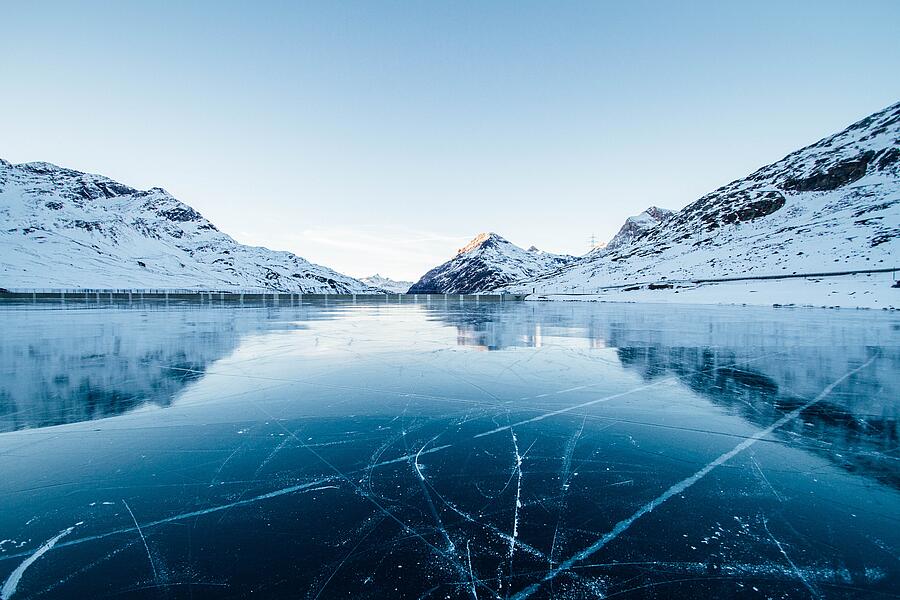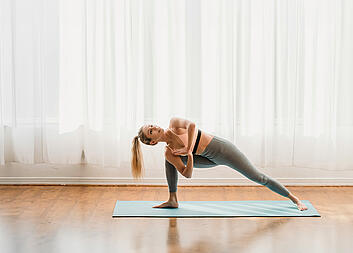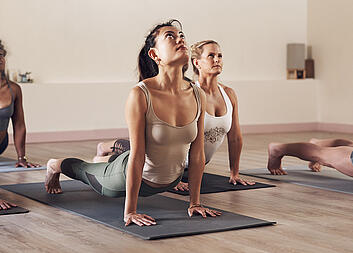Ice bathing, also known as cold bathing or winter bathing and related to winter swimming, may sound like a daredevil adventure reserved for only the bravest. However, it is a practice that has captivated a wide range of enthusiasts - from athletes to those exploring methods and applications that enhance physical, mental or spiritual well-being. If you're not yet familiar with this concept, here's what makes ice bathing not only a bold challenge, but also a rejuvenating experience.
Ice bathing involves immersing yourself in extremely cold water, usually filled with ice. The idea is to expose your body to a shock of cold which, believe it or not, can be revitalising. It's an exercise that pushes you to your limits, both physically and mentally, but it also offers a number of surprising benefits.
First of all, many athletes swear by ice baths to recover. It is believed that immersion in cold water after intense physical exertion reduces muscle soreness and speeds up the recovery process. But it's not just about physical recovery. Ice bathing is also known for its positive effects on mental health. The combination of the cold and the challenge of enduring it can strengthen mental resilience. It's an exercise in learning about your own strength and endurance.
If you are considering trying ice bathing, it is important that you approach it with respect and caution. It's not something to be taken lightly. It's important that you know your own health and limits and start slowly. Many people start with a few seconds and gradually increase their time in the ice bath as they acclimatise.
Although ice bathing may seem daunting at first, it is an extremely rewarding experience that offers both physical and mental benefits. Whether you're an athlete looking to recover or someone exploring new wellness practices, ice bathing is a fascinating, albeit chilly, adventure of self-discovery and resilience.



















